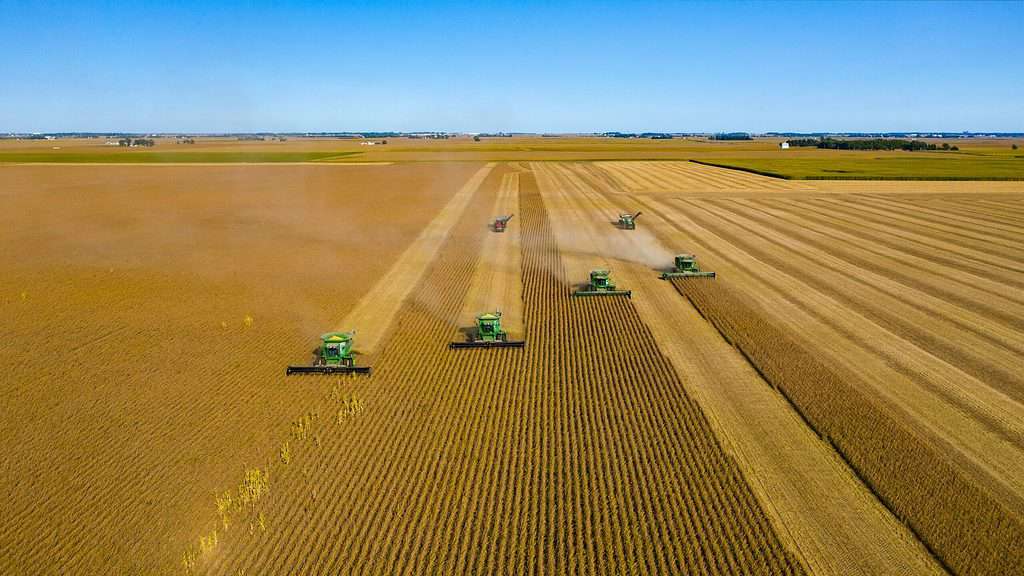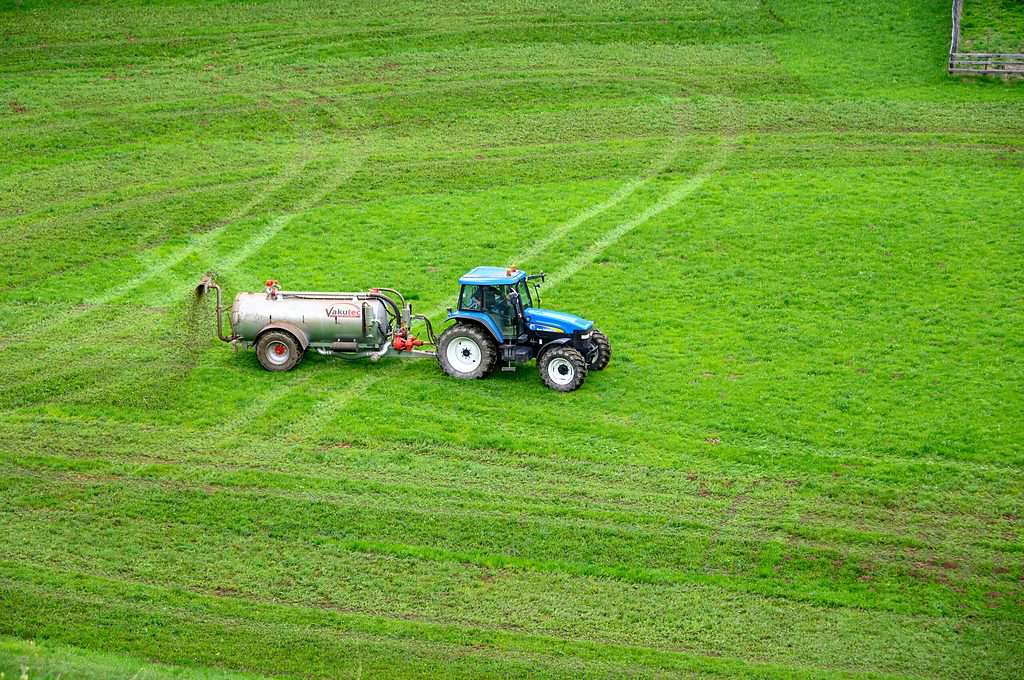
Fertilizers are a bigger environmental problem than you think. They help feed the world, and about half of today’s population is completely reliant on them, but synthetic fertilizers also account for an important part of our greenhouse gas emissions. While phosphorus and potassium can be mined as salts, nitrogen fertilizer is currently produced through a process that is very energy-intensive and currently requires large quantities of natural gas or coal.
This is why this vital component of agriculture is often thought to be impossible to decarbonize. But Paolo Gabrielli from ETH Zurich thinks differently.
Gabrielli is looking at ways through which the chemical industry can achieve net-zero CO2 emissions, but he also agrees it’s a difficult task.
“The chemical industry includes several products that contain carbon (such as plastics, garments, methanol), and is therefore virtually impossible to decarbonize. This is why the chemical industry is one of the so-called hard-to-abate sectors (like aviation, cement, or steel),” Gabrielli tells ZME Science.
“The relevance of the chemical industry (responsible for ~2 Gt CO2 emissions, or ~5% of global emissions in 2020) and the difficulty in achieving net-zero emissions, was a major motivation for us to start working on it. I believe this will be a major research avenue for the next 10-15 years,” the researcher adds.
Fertilizers increase crop yields, so it’s not foreseeable that we would simply give up on them anytime soon — they’re essential for food security. But as Gabrielli reported in a new study, producing nitrogen more sustainably would not only help against climate change, but also increase countries’ food security. But how do you do it?
Together with colleague Lorenzo Rosa, Principal Investigator at Carnegie Institution for Science in Stanford, US, he set out to explore ways in which net-zero fertilizers could be produced.
The matter is all the more pressing since estimates show that by 2050, we will need to double food production to meet growing demand — and nitrogen fertilizers are crucial to doing so. Furthermore, Russia’s invasion of Ukraine showed just how frail much of our food systems really are and how easy it is to unbalance it.
Gabrielli and Rosa first found several routes that can be implemented, with today’s technology, to alleviate the environmental problems associated with nitrogen production. First is the shifting of production from countries with a lot of fossil fuels to countries with a lot of renewable energy. Using more renewable energy in the process, instead of natural gas (and especially coal) would be a simple way to offset some of the emissions associated with fertilizer. However, this depends on the price of natural gas and how strict the environmental targets will be, says Gabrielli. Also, it depends on having sufficient renewable energy for other uses — so much so that you have some energy to spare for fertilizers.
The problem is that electrifying fertilizer production (using water electrolysis, which relies on electricity) requires 25 times as much energy as today’s production using natural gas. So even for countries with abundant water, wind, and solar energy, it might be difficult to spare the required energy, and could create competition with other sectors that require sustainable energy.
The second pathway focuses on storing the carbon produced through conventional, fossil fuel methods. Essentially, the nitrogen-producing chemical plants would be fitted with carbon capture and storage (CCS), infrastructure for capturing and storing the CO2. This would also require a lot of new infrastructure and wouldn’t reduce our dependence on fossil fuels, but would reduce some of the emissions.

The third pathway would be synthesizing hydrogen from biomass. Biomass requires a lot of arable land and water, often competing with agriculture, but it makes sense if the feedstock is waste biomass (crop residues). The hydrogen could be used for energy to produce new fertilizers.
None of these pathways is perfect, Gabrielli emphasizes. If we are to truly make the fertilizer industry more sustainable, we need to combine all of them based on local resources and capabilities.
“The analysis suggests that the available net-zero routes (CCS, electrification, biomass) will need to be combined based on available resources: CCS when underground storage capacity and CO2 infrastructures are available; electrification when large renewable generation potential are available; biomass when land and water are available. We have not determined the optimal mix of net-zero routes based on the specific location. That would be a nice follow-up but requires selecting the objective and constraints that define the “optimal” mix: these could be cost, carbon emissions, water use, and so forth.”
The good news is that while the route to green fertilizers is complex and requires multiple measures, we can do it with today’s technology — future tech could of course help, but we don’t need to rely on it.
“Such routes can be implemented today, as technologies are available. While costs can be higher depending on the price of natural gas, we believe that technology routes based on biomass and electrification (through the production of green hydrogen), can reduce the production costs of ammonia in a world of high natural gas prices. Of course, this comes together with a reduced dependence on natural gas, which allows achieving net-zero emissions,” the researcher adds in an email.
There are other considerations. For instance, just 20% of the ammonia used today is actually consumed in food, the other 80% is lost or wasted because of our very inefficient food systems. Also, as more countries focus on renewable targets, net-zero fertilizers that don’t rely on fossil fuels become more and more essential. Ultimately, if we truly want to reach net zero, there’s probably no way to do this without net zero fertilizers.
But Gabrielli also gives us a reality check. While net zero fertilizers may be technically viable today, they will require trade-offs in terms of other resources like land and water, and even if our society truly focuses on them, this will be a mammoth challenge that will take many years to bear fruit.
“At the moment, we are not there yet to implement green nitrogen fertilizers. However, I believe that the energy and food crises, hence the necessity to phase out natural gas, significantly catalyzed the transition to clean technology solutions. Having said that, the development of new processes and the deployment and optimization of existing (already available) processes for the production of net-zero fertilizers will keep us busy for many years to come.”
The study was published in the journal Environmental Research Letters.









